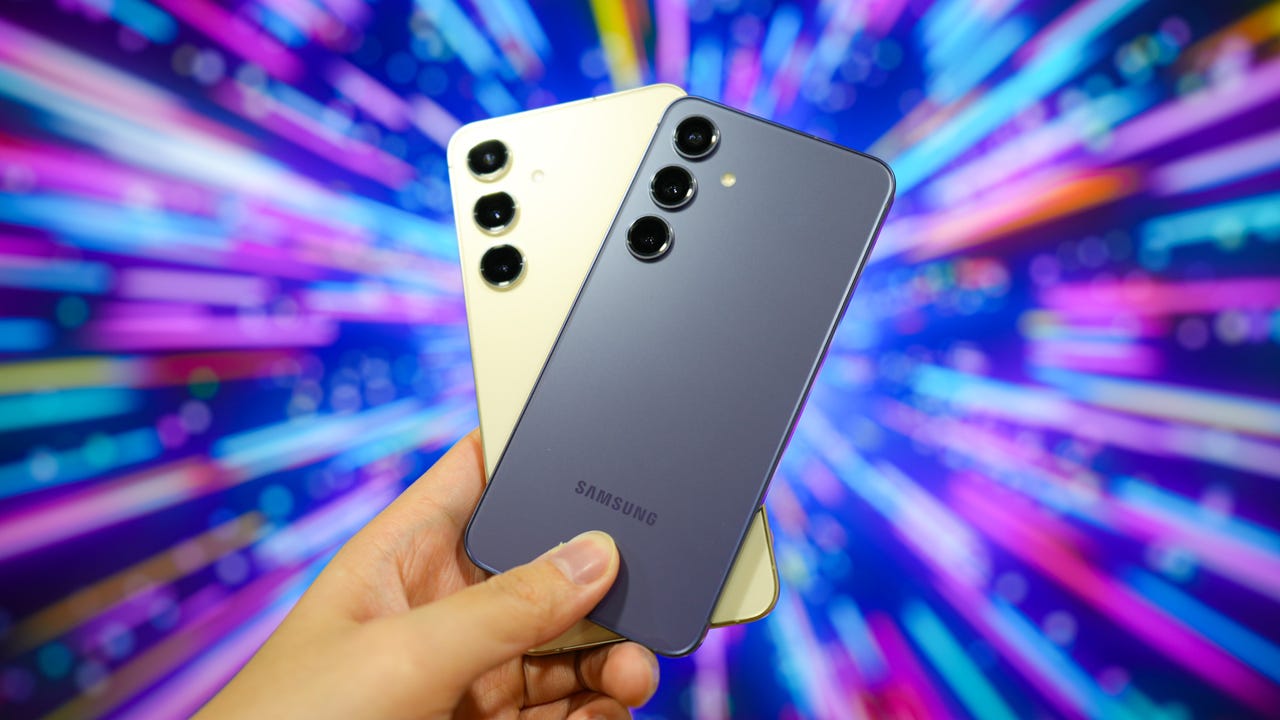'ZDNET Recommends': What exactly does it mean?
ZDNET's recommendations are based on many hours of testing, research, and comparison shopping. We gather data from the best available sources, including vendor and retailer listings as well as other relevant and independent reviews sites. And we pore over customer reviews to find out what matters to real people who already own and use the products and services we’re assessing.
When you click through from our site to a retailer and buy a product or service, we may earn affiliate commissions. This helps support our work, but does not affect what we cover or how, and it does not affect the price you pay. Neither ZDNET nor the author are compensated for these independent reviews. Indeed, we follow strict guidelines that ensure our editorial content is never influenced by advertisers.
ZDNET's editorial team writes on behalf of you, our reader. Our goal is to deliver the most accurate information and the most knowledgeable advice possible in order to help you make smarter buying decisions on tech gear and a wide array of products and services. Our editors thoroughly review and fact-check every article to ensure that our content meets the highest standards. If we have made an error or published misleading information, we will correct or clarify the article. If you see inaccuracies in our content, please report the mistake via this form.
I changed this Android setting to instantly double my phone speed

Part of my job is to test and review smartphones, 95% of which are Android devices.
By habit, I've picked up a number of shortcuts, tips, and tricks when it comes to setting up my handsets, allowing me to tweak them so that they perform as best as possible when the verdicts are due.
Also: Apple is finally adding an iOS home screen feature that Android has had for 15 years
One tip I always give to family members, friends, and passersby when asked, "How can I make my phone faster?" is straightforward yet typically hidden: Adjusting the animation speed.
The method of doing so is quick, simple, and absolutely free. And as a bonus, you'll feel like the "guy behind the computer" from every action movie.
Just follow the steps below.
How to change your animation speed
What you'll need: An Android device and your lock screen password/pin/pattern in order to enable Developer Options.
1. Enable Developer options
To access the animation speed settings, you'll first need to enable Developer options. Developer options contain a list of performance and UI-specific settings that are typically hidden by default as they're intended for, drum roll, developers!
Also: How to clear the cache on your Android device (and why you should)
To enable it, open up your Settings > scroll down to About phone > tap on Software information > and then tap your Build number seven times. If this is your first time doing so, your phone should display a ticker that tells you how many more times you need to tap the text.
If done successfully, Developer options will now be enabled, which you can access by going back to your default settings page and navigating to the bottom of the list.
2. Adjust animation speeds
Now that you've cracked the code to get into the Developer options, you'll be presented with a long list of settings, toggles, and switches. Don't be intimidated; we're only here for one thing, and that's the "Drawing" section. Scroll down the list until you find it.
From there, you'll see three animation scale settings:
- Window animation scale: The speed of apps and window pop-ups.
- Transition animation scale: The speed of moving between home screen panels and within apps.
- Animator duration scale: The speed of general UI animations, such as opening and closing apps, unlocking the phone, etc.
Also: How to use Circle to Search on Android (and what models support it)
Tap on each one and change the scale rating from 1x (default) down to .5x. The lower the number, the faster the time it takes for the animation to perform.
If you don't want any animations on your phone at all, you can also set the value to "off".
At this point, swipe around your phone, do your usual activities, and see if you notice a change in speed. If you follow the steps above, your phone should feel snappier and more responsive; none of that is a placebo.
